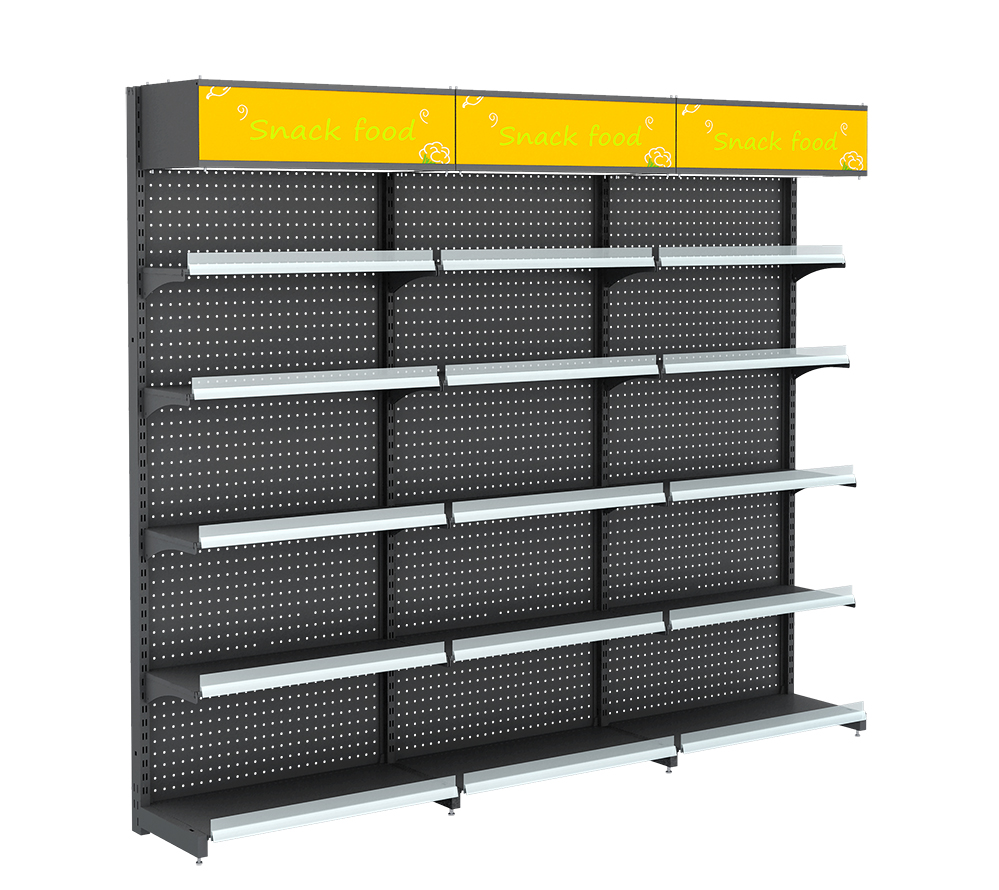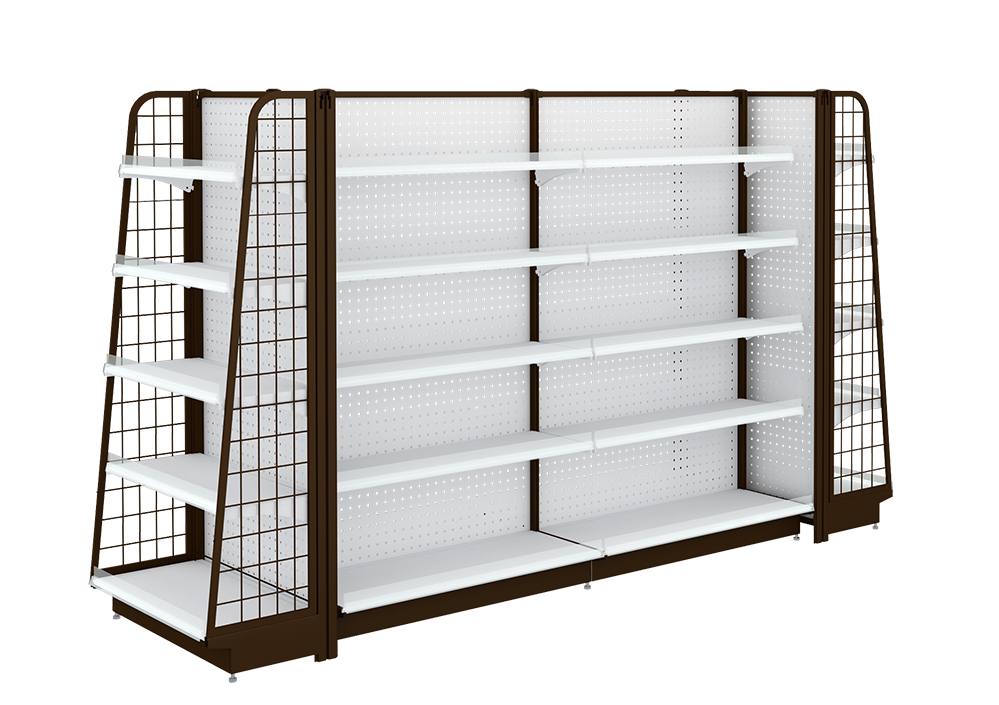Direct mail On May 25, the China Direct Postal Association held an inaugural conference in Beijing. The establishment of the China Direct Postal Association aims to standardize the direct mail market, promote the healthy development of China's direct mail industry, safeguard the legitimate rights and interests of its members, regulate the behavior of its members, conduct self-discipline in the industry, and serve as a bridge and link between the government, enterprises, and society to help enterprises. Direct marketing through direct mail. The China Direct Postal Association is composed of business letters advertising professionals, billing professionals, name and address information professionals, retailers, printing and business letter equipment manufacturing professionals, logistics and support departments of enterprises, government related departments and individual members. China Direct Mail Association The establishment of China's direct mail industry marks a new step. Direct Mail "Direct Mail is to communicate directly with the recipient by means of mailing. The purpose of advertising products or providing services is a one-to-one marketing approach that is measurable, interactive, accurate, and free from time. Location restrictions and other characteristics. The purpose of direct mail is to maximize sales and improve business performance. Direct mail is characterized by "direct, fast" and has the advantages of low cost and high awareness, and provides a good carrier for merchants to promote their own images and goods. Direct mail can generally be divided into the following two categories: 1. Advertising Such as product catalog mail order catalogs, exhibition notices, greeting cards, information publications and other advertising products. Orders, request forms, market survey questionnaires, etc. can be attached to the package. Many advertising commercial letters we see on the market are printed using traditional printing methods. The content of each advertisement is exactly the same. There is no difference. The direct mailer sends the same advertising materials to different objects in the envelope. Print the names of different recipients on the site. The information on such direct mail letter envelopes is generally printed using variable data, while the letter or advertisement content in mail packets is printed using traditional printing methods. 2. Bills Such as telecoms, banks, insurance companies and other institutions, billing statements, bills and other charges. The characteristic of billing business letters is that each graphic content is different and belongs to variable data printing. Such direct mail letters were printed or printed using digital printers at the very beginning. Basically, they were primarily monochromatic digital printing. In recent years, there has been a trend toward the development of color digital printing. With the development of digital printing technology, database technology and one-to-one marketing concept, direct mail as a traditional marketing method has a very strong development momentum in China. The annual increase in direct mail business volume is more than 20%, and the volume of direct mail has accounted for. The total number of postal letters is more than 70%. At the same time, the development of direct mail has naturally led to the development of direct mail printing. The market demand for personalized and variable data printing of direct mail printed materials has also been on the rise. This has brought tremendous market and business opportunities to digital printing technology. During the second China International Printing Exhibition held at the Shanghai New International Expo Center on June 14-17, the DM (Direct Mail) Zone was specially opened, highlighting the core theme of All In Print: full innovation and added value. The area includes: DM professional forum, DM software and digital printing equipment display, DM database marketing display and DM product live display. Direct mail printing at home and abroad In the mid-1990s, the number of letters per capita in the developed world of the world economy has reached 200-700 pieces. Direct mail-based business letters accounted for more than 60% of the total number of letters, while the United States reached 91%. The number of letters is between 20-30 pieces, among which the commercial letters account for about 50%. In 1998, the per capita letter volume in China was close to 6 and the business volume of business letters accounted for only about 50% of the total number of letters. Compared with developed countries, there is still a big gap between the development of China's business letter business. Direct mail has developed quite well in developed countries. In 2004, direct mail sales in the United States amounted to approximately $36 billion accounting for 10% of all US media and sales expenditures. According to the latest study from the US Printing and Sales Information Service (GAMIS), direct mail cost expenditures will continue to increase at an average annual growth rate of approximately 5.6% per year from 2004 to 2010: By 2010, direct mail will enable print media in the United States. The share of print advertising media spending increased to 29%. The current development direction of the U.S. direct mail industry is to improve database management and personalize printing. Through database management and related analysis, it can improve the orientation of the audience so that e-mails can be delivered to specialized individuals, groups of customers, or similar types of customers. Improving the accuracy of delivery in the hands; making messages more personal by using variable data printing is more attractive. It can be seen from the above that direct mail is more common in developed countries. It plays an important role in advertising media. Obviously in the developed countries, with the large-scale development of direct mail, direct mail printing has naturally developed rapidly, and direct mail has become the strongest growth in the field of printing products. Part of it has formed a certain scale. It has already occupied a place in the printing industry. The rapid development of the postal industry in China completed a total business volume of more than 62 billion yuan in 2005, an increase of 10.1%. China Post is one of the main channels for direct mail marketing services. In recent years, it has been dedicated to promoting direct mail marketing services and has achieved remarkable results. It has promoted the rapid development of direct mail marketing in China, and produces direct mail for various enterprises, institutions and organizations. Nearly 4 billion pieces of mail marketing letters have increased by more than 20% annually. At present, China has no specific statistical data on direct mail printed matter. However, the rapid development of direct mail will inevitably lead to the development of direct mail printing from the related data of direct mail letters published by the State Post Bureau. Although domestic direct mail printing accounts for a relatively small share of the entire printing market, its rapid development has had to arouse the concern of the printing industry. Nationwide, most printing companies are affiliated with direct mail printing, but companies that use them as their main business are rare. According to related surveys, most companies believe that direct mail printing is more harmonized, and the amount of printed output is not scaled up, and their operating share is relatively small. And most companies use traditional offset printing to print direct mail products. At present, fewer digital printing devices are used. They also have a sincere attitude toward whether they will purchase digital presses in the future. This is mainly due to the fact that the cost of investing in digital printing equipment and the concept of the company have not yet changed. It is doubtful that the individualized printing business will be fragmented to question whether it is possible to recover the investment cost by adopting expensive digital printing equipment for personalized variable data printing. In fact, although individual printing does not have a large number of prints, the market demand is very strong and the profits are considerable. In general, China's direct mail printing market is in the ascendant and has broad prospects. Application of Digital Printing in Direct Mail Printing In today's highly efficient information delivery, high-speed market development, and increased emphasis on personalized services, electronic publishing and cross-media publishing technologies are further developed. Customers who use on-demand printing will continue to increase the number of prints and varieties that will change over the past. Changes will not be reduced under the premise of printing quality, fast and flexible will become another important measure of market competitiveness. With the continuous development of technology, digital printing can provide one-off printing, instant error correction, variable data, remote personalized printing, and large improvements in speed or print quality to meet the quality requirements of most customers. Digital printing can realize variable data and personalized printing. These characteristics determine that it will be widely used in direct mail printing. Printer equipment suppliers such as Kodak NexPress, HP Indigo, IBM, Fuji Xerox, Océ, Heidelberg and others have all provided relevant equipment and solutions to meet the needs of this segment of the market. In addition, application systems supporting databases, other devices associated with direct mail printing, such as business letter processing, intelligent automatic packaging equipment, etc., will all have more excuses for the development of direct mail. The realization of variable data printing in digital printing is accomplished by merging the information obtained from the database with a fixed, well-designed document layout. Variable data printing can be tailored and printed to print copy for individual customers. Products improve the efficiency of print communication to produce more effective feedback rates and attention rates to maximize the printing of personalized prints that meet customer requirements and opinions. Direct mailing abroad has become the fastest growing project for digital printing applications. The application of variable data printing has made the direct mail industry more direct and effective than ever before. When direct mail will grow at a rapid rate, it will be more and more. Digital printer application. Personalized printing has the fastest growth in the field of printing presses in foreign countries. On the one hand, manufacturers have begun to consciously develop target markets for their target customers. On the other hand, end users of prints have increasingly emphasized their individuality. The demand for quality of printed products has been increasing, which has promoted the promotion and application of personalized printing. In the area of ​​direct mail printing, the use of digital printing technology to print direct mail prints uses variable data printing to print the mailing customer company's logo, contact data and recipient data with additional information, such as bar codes, to improve security. An authoritative survey from abroad showed that the average rate of attention for color data with variable data was increased by 34%. Specifically, direct mail market operators estimated that direct mail will generally have a feedback rate of 2%, but with variable data and personalization. In the development of the market, the feedback rate will generally be as high as 8% to 10%, which is equivalent to a 3-4 fold increase in the feedback rate. Its advantages are obvious. Obviously, such direct mail will receive more attention from customers, and the efficiency of direct mail will be greatly improved to achieve direct mail transmission of information. At present, most domestic companies use traditional offset printing to print direct-mail printed materials. However, the use of digital printing is relatively small. However, many companies are also aware of the advantages of digital printing in this area and are increasing investment and practice in this area. Personalization is the inevitable trend of global development in the future. It is believed that with the rapid growth of the direct mail market, companies will change their minds when they realize the prospects of direct mail development, and increase investment in digital printing. Digital printing technology will be widely used for its advantages. Direct mail printing. Source: Printed Today
Store & Supermarket Furnitures are all made of
cold-rolled steel or galvanized steel. These metal shelves can be divided into
double-sided shelves and wall
shelves by shape, and can be divided into Display Shelves and Storage Shelves according to functions. Each type
shelf is a combination of main frame and sub-frame. The main frame consists of
two columns that can be used separately. And the sub-frame only contains one
column and must be used in conjunction with the main frame.
Dark-CVSBQ Shelf:
Double-sided : 900 * 700 * 1350 mm
700 * 700 * 1350 mm
Single-sided: 900 * 350 * 1800 mm
700 * 350 * 1800 mm
Dark-HJ006 Shelf:
Double-sided:900*700*1500 mm
700 * 700 * 1500 mm
Single-sided: 900 * 350 * 1800 mm
Dark-HJ003 Shelf:
Double-sided: 900 * 700 * 1350 mm
700 * 700 * 1350 mm
Single-sided: 900 * 350 * 1800 mm
700 * 350 * 1800 mm
Shelf Main/Sub Frame Size (L*W*H):
Product Display



Supermarket Shelf,Store Shelving,Shelf Rack,Storage Racking
Jinan Dark Intelligent Facilities Co.,Ltd , http://www.cndarkcvs.com